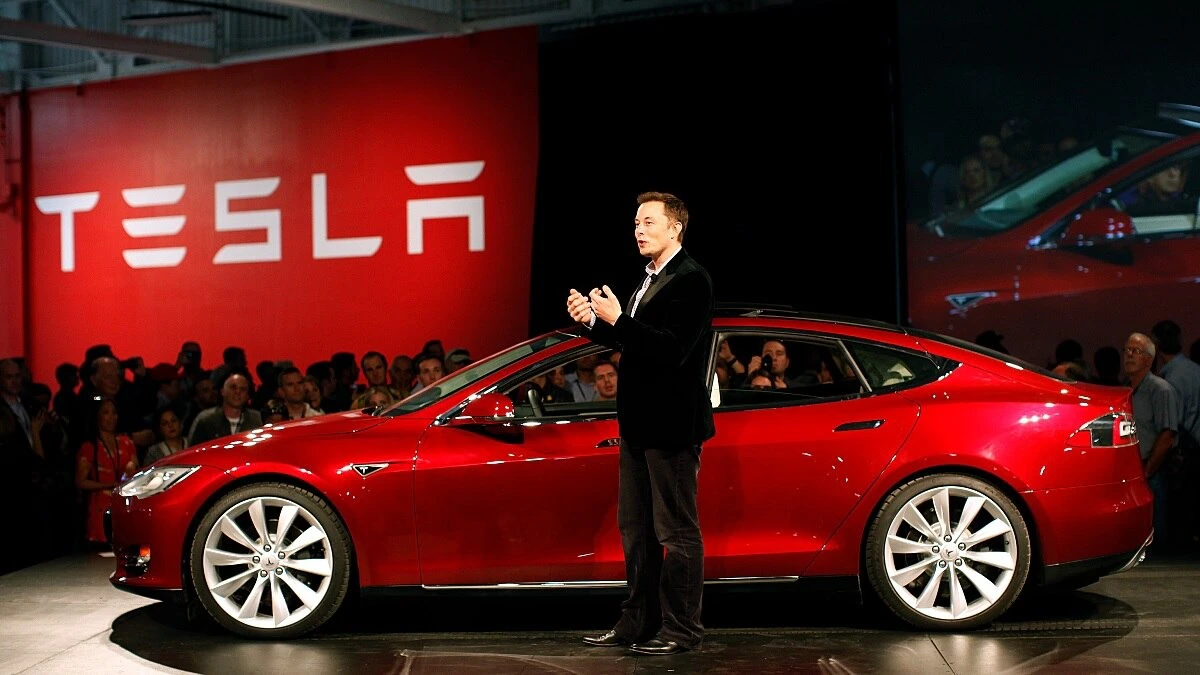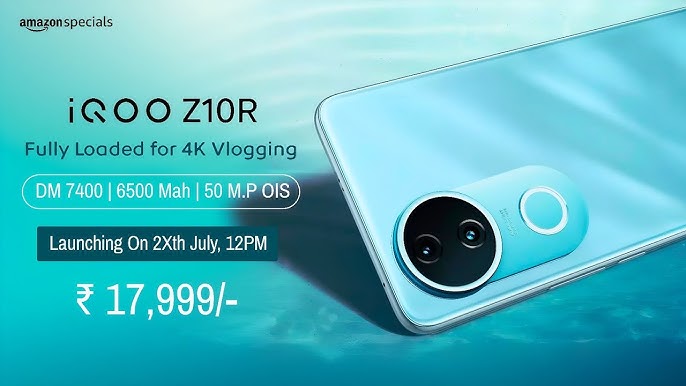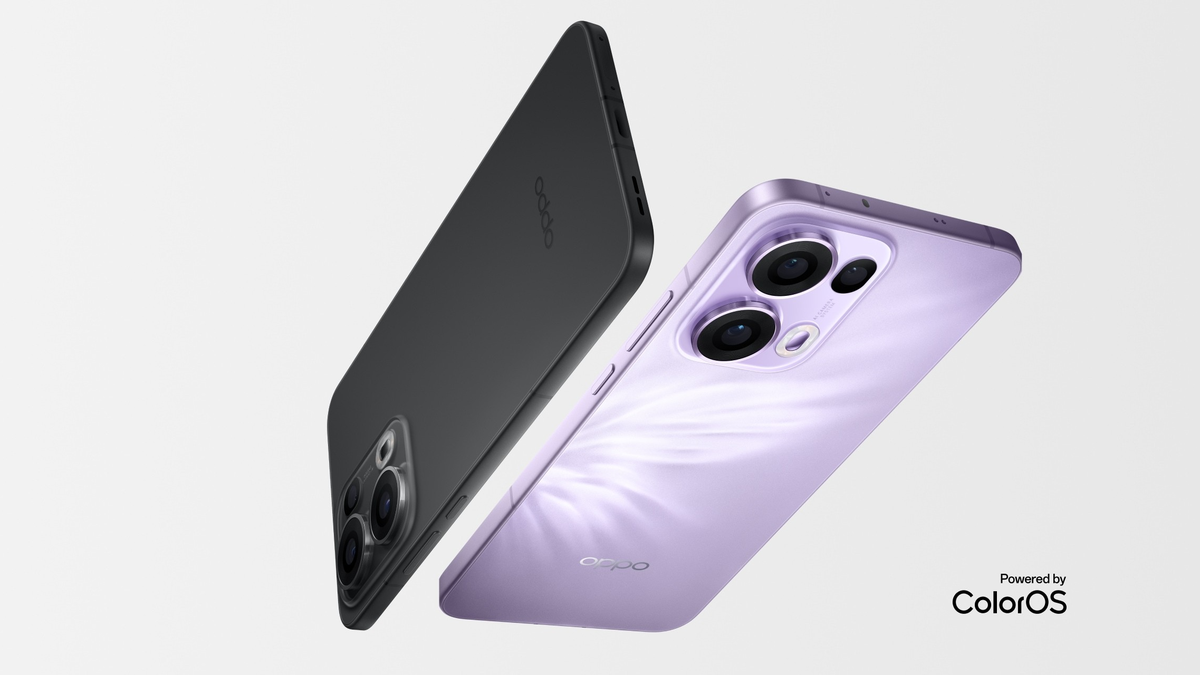An overcast morning in Chennai sets the perfect tone for our first drive of the Hyundai Creta EV. With Eco mode activated, air conditioning set to 24°C, and the motor recuperation at level three, we hit the East Coast Road (ECR) for a 120-kilometre drive to Pondicherry. Boasting a 51.4 kWh battery pack with a claimed range of 473 km, the Creta EV aims to blend practicality and performance. Here’s what we discovered during our journey.
Performance: Eager and Efficient
The Hyundai Creta EV is the quickest Creta to date, sprinting from 0 to 100 km/h in just 7.9 seconds in Sport mode. Even in Eco mode, the 169-horsepower front-wheel-drive motor delivers an impressive and linear throttle response. Its acceleration feels intuitive, quick enough to navigate urban traffic or enjoy highway overtakes without hesitation.
Ride and Handling: Smooth and Composed
Based on its ICE counterpart’s platform, the Creta EV inherits both strengths and limitations. With the battery pack positioned on the floor bed, the SUV has a lower center of gravity, offering stable highway cruising. The 190 mm ground clearance ensures easy navigation over speed breakers and potholes, while the soft suspension enhances comfort during low-speed drives.
While its steering is light and predictable, some body roll can be felt during sharp turns. Equipped with all-disc brakes and motor recuperation modes, including i-pedal for efficient braking in traffic, the Creta EV ensures both safety and convenience.
Hyundai Creta EV: First Drive Review Battery and Charging Infrastructure
The Hyundai Creta EV comes with two battery options: a 42 kWh pack with a 390 km range and a 51.4 kWh pack offering up to 473 km (ARAI-tested). Using the 11 kW AC wallbox charger, the battery charges fully in about four hours, while a 50 kW DC fast charger can replenish it from 10% to 80% in under an hour.
The EV also supports vehicle-to-load (V2L) functionality, allowing reverse charging to power devices like laptops, coffee makers, or even other EVs. As charging infrastructure in India improves, Hyundai’s initiative, alongside efforts by Mahindra, Tata Motors, Maruti Suzuki, and Toyota, is expected to boost EV adoption significantly.
Also Read: Mercedes-Benz G580 Edition One with EQ Technology: Redefining the G-Class Legacy
Hyundai Creta EV: First Drive Review Real-World Range Test
Starting with a 97% state of charge (SoC), we drove 117.5 km to Pondicherry, reducing the SoC to 67%. This indicates a practical range of approximately 390 km, close to the claimed figure. The average energy consumption was recorded at 7.5 km/kWh.
Design: Subtle Yet Recognizable
The Hyundai Creta EV retains much of the ICE version’s design, which could work in its favor. Featuring a pixelated grille, revised bumpers, and EV-specific alloy wheels, the Creta EV adds a futuristic touch without straying too far from its recognizable identity. The charging port is positioned on the front, while the rear flaunts an ‘electric’ badge for differentiation. Ten color options, including an exclusive Ocean Blue tone, are available.
Cabin and Features: Premium and Eco-Friendly
Inside, the Creta EV offers a premium experience, mirroring its ICE sibling. A dual 10.25-inch screen setup provides intuitive controls and sharp visuals, while the updated BlueLink App seamlessly integrates charging station locators and payment options.
Comfort is prioritized with large, ventilated front seats featuring electric adjustment and memory settings. Sustainable materials, such as seat fabrics crafted from recycled materials, add an eco-conscious touch. Other highlights include a panoramic sunroof, wireless charging, dual-zone AC, an 8-speaker Bose sound system, and a 360-degree camera.
Rear-seat comfort remains excellent, with decent knee and headroom, sunblinds, dedicated AC vents, USB charging ports, and a foldable tray table (accessory). The 433-litre boot space is identical to the ICE model, with an additional 22-litre frunk for portable charger storage.









